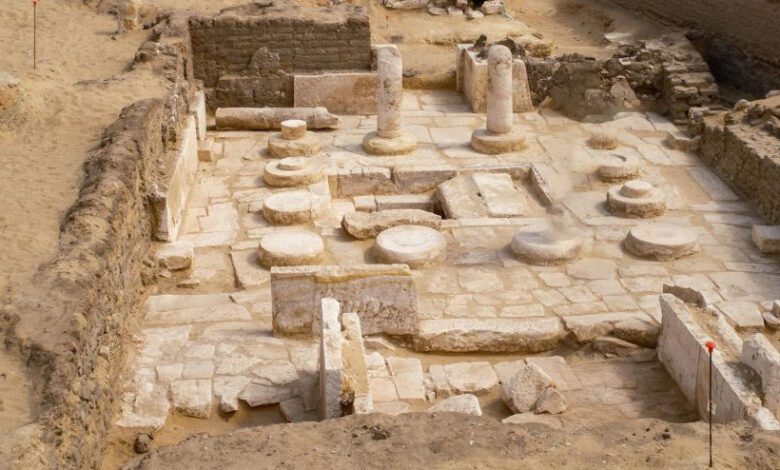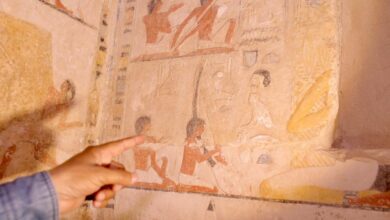3,000-Year-Old Tomb and Chapels have been Discovered in Egypt

A joint Dutch-Italian archaeological mission has discovered a 3,000-year-old tomb and four small chapels at the Saqqara necropolis in Egypt. The tomb, located near the three Pyramids of Giza, belonged to a nobleman named Banhasi who was also the chief servant of the tomb of Aten, the chief judge of Lower Egypt.
The tomb is temple-shaped and has an entrance, hall, well, burial room, and three chapels. Inside the tomb, the mission found a stela picturing Banhasi and his wife, known as the singer of Amun, before a table of sacrifice. They also found several drawings of priests and animals.
Two of the discovered chapels have well-preserved inscriptions of funeral scenes and drawings that tell the story of the resurrection of a mummy to live in another world.
The discovery of this tomb is significant because it provides new insights into the lives of ancient Egyptians during the Ramesside period. It also sheds light on the development of construction in Saqqara cemetery during this time.
The mission hopes to continue excavating the tomb and the surrounding area in order to learn more about Banhasi and his family. They also hope to find more evidence of the construction of the tomb and the chapels.
Here are some additional details about the discovery:
- The tomb is believed to have been built during the 19th dynasty of Egypt, which ruled from 1292 to 1186 BC.
- Banhasi was a high-ranking official who served as the chief servant of the tomb of Aten, the chief judge of Lower Egypt.
- The tomb is decorated with scenes of Banhasi’s life, including his military service and his religious duties.
- The discovery of the tomb is a significant archaeological find, as it provides new insights into the lives of ancient Egyptians during the Ramesside period.





